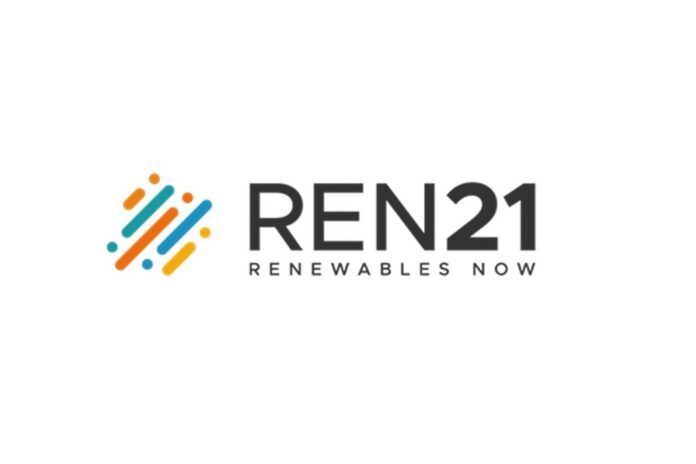
In 2022, the share of renewables in the power sector reached 30%, according to the Renewables in Energy Supply module, launched as part of the annual Renewables 2023 Global Status Report (GSR) collection.
A statement said that this increase is mainly because the sector has received long-term policy attention that enabled market and technology development and drove down costs.
The Renewables in Energy Supply module covers the way final energy is distributed among heat, fuel and electricity, geographies and technologies (bioenergy, geothermal power and heat, heat pumps, hydrogen, hydropower, solar PV, concentrated solar power (CSP), solar thermal heat, ocean power and wind power).
Renewables in Energy Supply follows the release of the GSR 2023 Demand Modules, which explored renewable energy use in the key energy-consuming sectors of buildings, industry, transport and agriculture.
Energy carriers include electricity and heat as well as solid, liquid and gaseous fuels. Currently, the global energy supply is split mostly among heat, 49%, and fuel, 29%, with electricity having the lowest share, 22%.
Across all sectors, renewables cover only 12.7% of the total energy system, a relatively low share in the larger scheme of things.
Rana Adib, REN21’s executive director, said: “The record growth of renewables in the electricity sector is positive news. However, we need to more than double this growth and to achieve deep electrification of the heat and transport sectors.
“We also need to invest heavily in grid infrastructure to address climate change and to provide access to over 700 million people living without electricity, mainly in Africa and Asia.”
Meanwhile, the other energy carriers like fuels and heat, which provide most of the world’s energy, have only dismal renewable energy shares of 3.6% and 9.2% respectively. This indicates that efforts are narrowly focused on transitioning the power supply.
